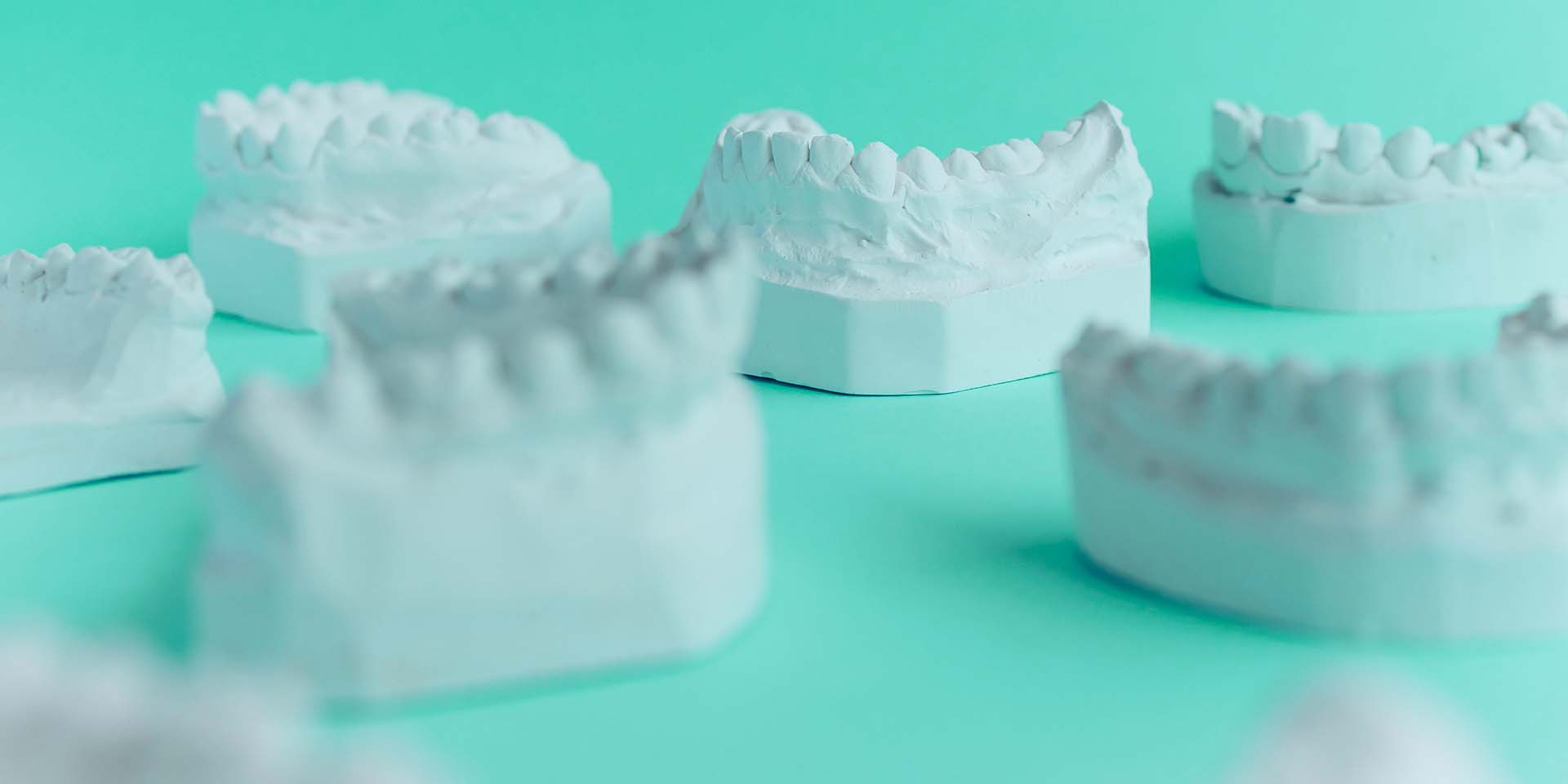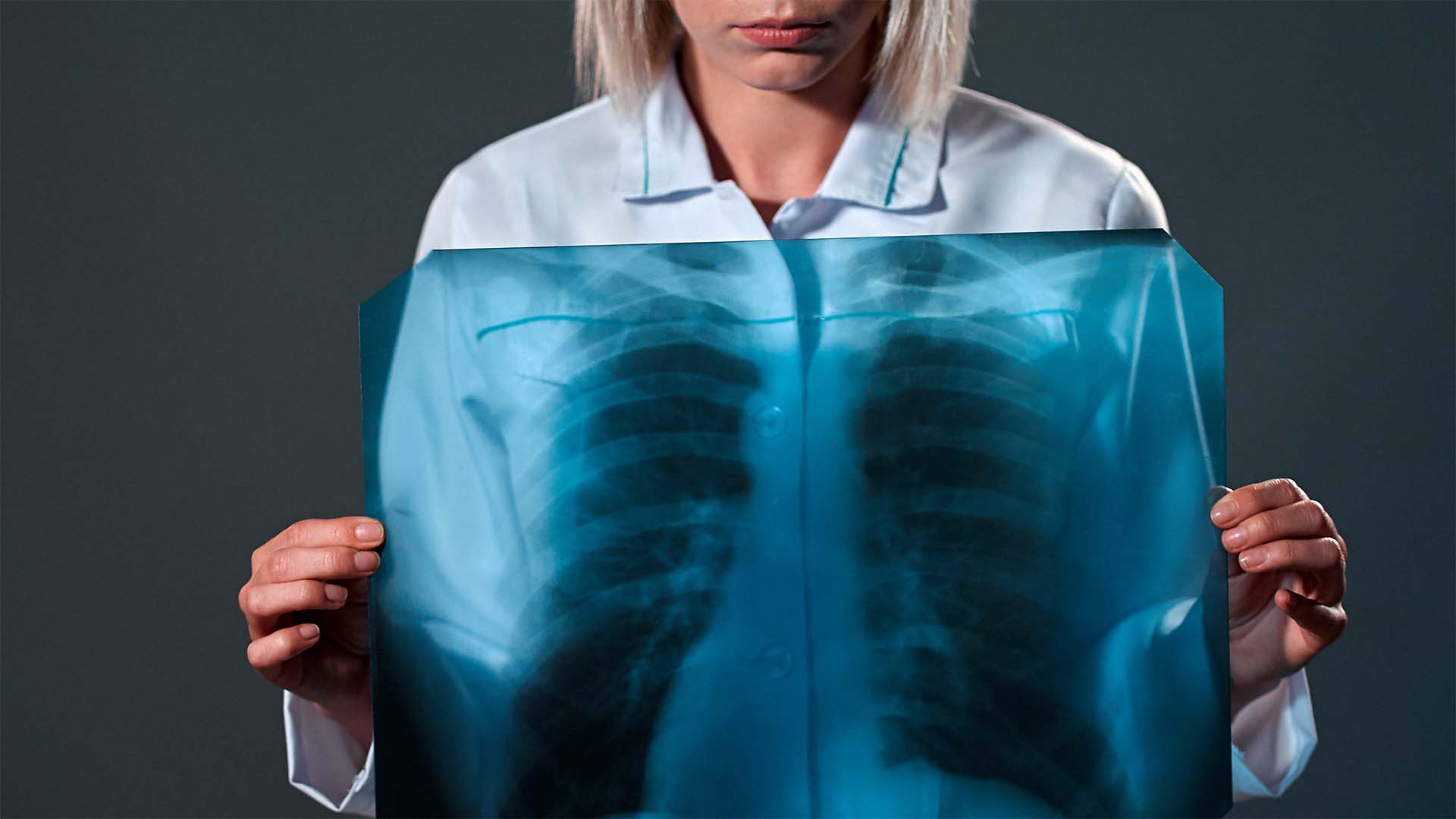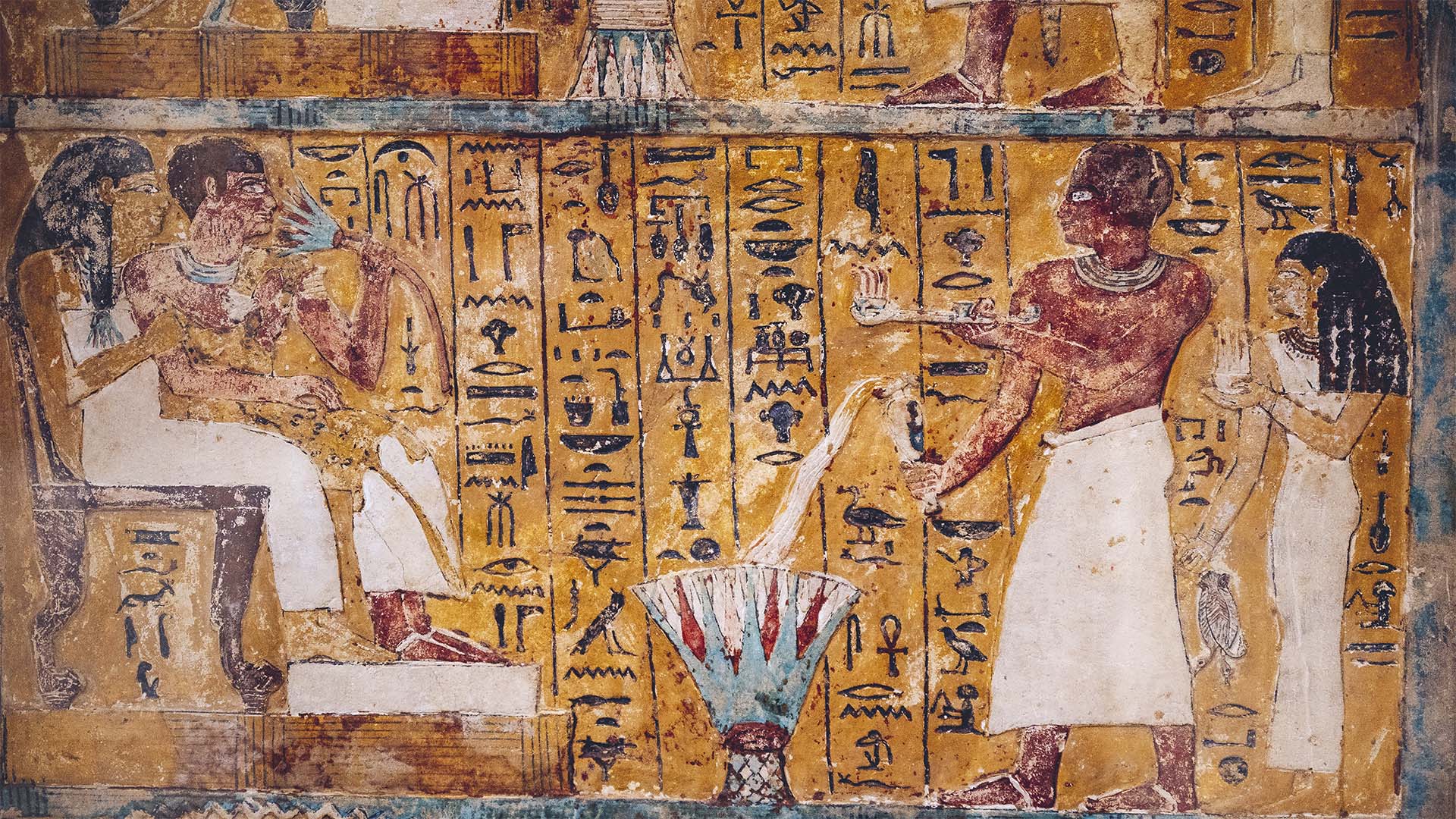- Introduction
- Traditional Techniques vs. Minimally Invasive Approaches
- Pre-Surgical Assessment and Potential Complications
- Maxillary Sinus Lift Procedures: Variants and
- Alternatives
- Grafting Materials: Evolution and Effectiveness
- Post-operative care and recovery
- Conclusion
- Scientific references
Introduction
Imagine the following situation: an adventurer about to climb a mountain, but lacks the proper preparation. Like this adventurer, many people looking for dental implants face a similar challenge. The mountain, in this case, is the maxillary sinus. The solution? Modern sinus lift techniques, which allow these patients to successfully reach the top.
Traditional Techniques vs. Minimally Invasive Approaches
Traditional techniques, such as the lateral window approach, offer a proven method for elevating the maxillary sinus, especially in cases of severe bone loss. However, these techniques can be more invasive, leading to discomfort and longer recovery times. On the other hand, minimally invasive approaches, such as the balloon elevation technique, use innovative methods to inflate the sinus and create space for the bone graft, providing faster recovery and a lower risk of complications.
Pre-Surgical Assessment and Potential Complications
Before performing a maxillary sinus lift, a careful pre-surgical assessment is crucial. Modern techniques include the use of CT scans to assess the anatomical structure and plan the surgery. Even with these advanced techniques, complications such as perforation of the Schneiderian membrane and sinusitis can occur, requiring careful treatment.
Maxillary Sinus Lift Procedures: Variants and Alternatives
The maxillary sinus lift has several variants, including:
Open lift (Caldwell-Luc technique)
- Also known as a lateral window, this technique creates a lateral access to the maxillary sinus through a cut in the gum. The surgeon lifts the sinus membrane and fills the space with bone graft. It is ideal for cases of significant bone loss.
Closed lift (crestal lift)
- The closed approach is less invasive, using a small hole drilled through the alveolar bone. A special tool lifts the membrane, allowing the bone graft to be inserted.
Balloon lifting technique
- A minimally invasive approach where a balloon is inserted into the maxillary sinus and inflated to raise the membrane. The space created is filled with bone graft.
BKS Technique
- An innovative technique that combines sinus lift, bone grafting and implant placement in a single procedure. It uses fewer drills and facilitates implant stability.
Alternatives to maxillary sinus lift
- Alternatives include short endosseous implants, dental bridges, removable dentures and zygomatic implants. These options eliminate the need for sinus lift in cases of severe bone loss.
4. Grafting Materials: Evolution and Effectiveness
The choice of graft material is crucial for a successful sinus lift. Although autogenous bone has been considered the gold standard, synthetic and animal-derived materials have shown promising results, eliminating the need for an additional surgical site. The BKS technique, for example, allows for maxillary sinus elevation and implant fixation in a single procedure.
5. Post-operative care and recovery
After surgery, recovery is critical. Keeping your head elevated, avoiding intense physical activity and following your dentist’s instructions are essential for a good recovery. Symptoms such as pain, swelling and tenderness are common, but should be monitored. Complications such as sinusitis can affect the success of the graft, so it is important to follow a good post-operative care regime.
Modern maxillary sinus lift techniques have opened up an innovative path for those seeking dental implants, allowing even the most challenged patients to achieve their goals.
Scientific references:
- “SINUS LIFT TECHNIQUES: TRADITIONAL VS. MINIMALLY INVASIVE APPROACHES” – Access Oral Surgery ( Access Oral Surgery )
- “Maxillary Sinus Lift Procedures: An Overview of Current Techniques, Presurgical Evaluation, and Complications” – Cureus ( Cureus )
- “Sinus Lift – Procedure, Recovery, Costs & Risks” – NewMouth ( NewMouth )
- “Sinus lift procedures in dental implants: A literature review on techniques, recommendations, and complications” – DOAJ ( Directory of Open Access Journals – DOAJ )
- “A New Simplified Autogenous Sinus Lift Technique” – MDPI ( MDPI )
- “Sinonasal Complications Following the Sinus Lift Procedure” – Ochsner Journal ( Ochsner Journal )



